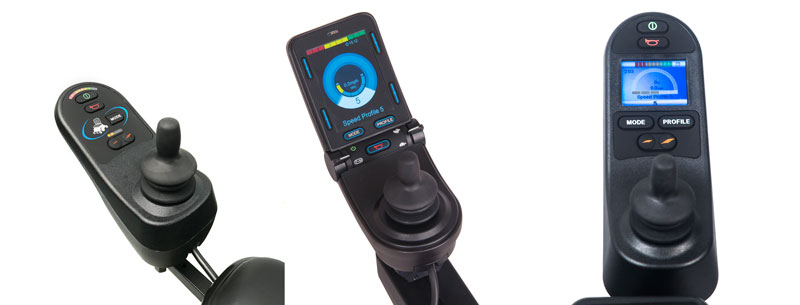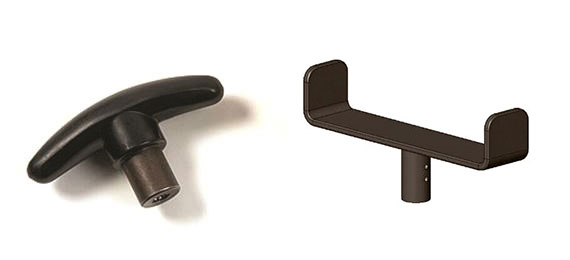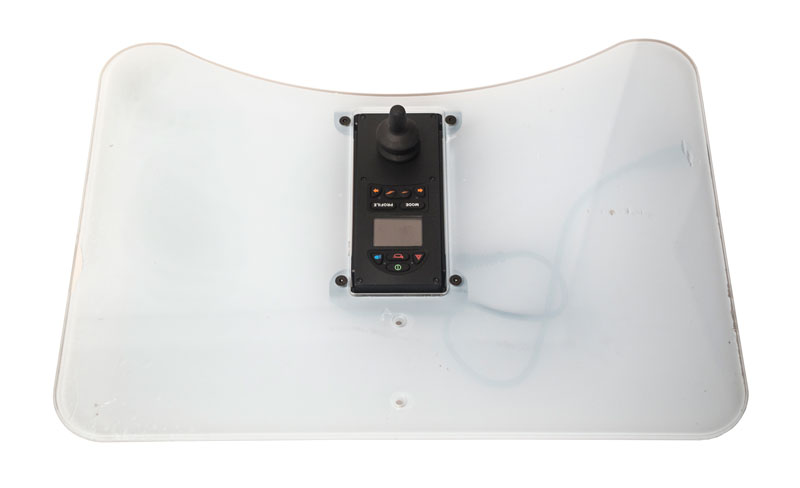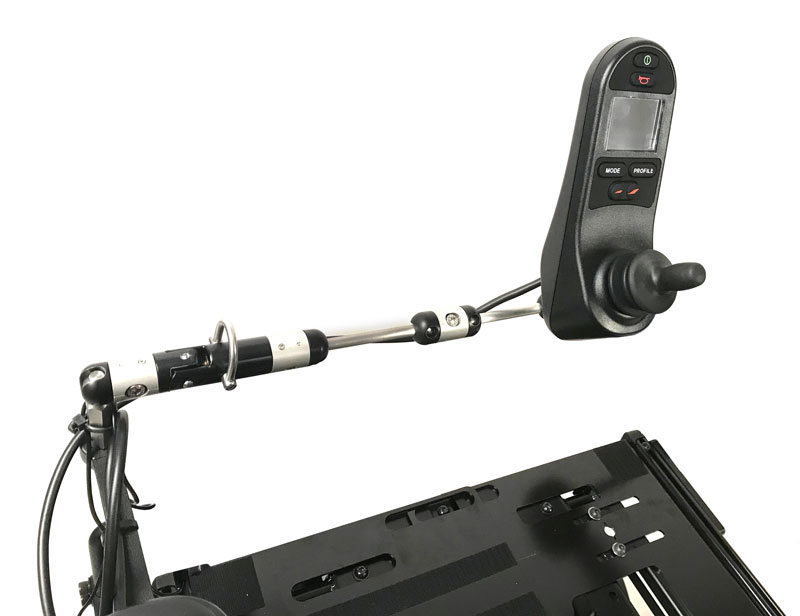Canadian inventor George Klein is widely credited with initiating the design of the first electric motor-powered wheelchair in the early 1950s. Initially known as "The Klein Chair," the device was created specifically to provide independent mobility for Canadian veterans who were injured in World War II. Klein and his team based the design off of manual wheelchairs from that era. They developed technology including motors, electronics, and a joystick that were all incorporated into the wheelchair to provide a user with the ability to drive the wheelchair by simply moving a joystick that was mounted directly to the front of an armrest.
In the decades since the Klein Chair was invented, not only has there been significant changes in the technology utilized in manufacturing power wheelchairs, but there has also been an increased awareness of the vital role seating and positioning plays in the ability of an individual to be independent via power mobility. One of the areas that has evolved greatly over the years has been the way in which a user accesses the drive control of the power wheelchair. The creation of alternative drive controls such as head arrays, switches, mini-proportional joysticks, etc. have all opened up the world of independence through power mobility to individuals who are not able to use a standard joystick. However, there are some circumstances in which utilizing a standard joystick is preferred for a variety of reasons.
Let's review some considerations to keep in mind when selecting a standard joystick:
1. Joystick Options
The joystick itself has evolved significantly since the one created by Klein. The options range similarly to the way mobile phones do these days, from the simplicity of a flip phone all the way to a more complex smartphone with different size screens and embedded Bluetooth technology. It is important to compare all aspects of the standard joystick offerings available on the specific power wheelchair you are considering for a client.

Aspects to consider related to the joystick options include:
- Size and location of buttons - Ensure the user can see, reach, and activate the buttons.
- Screen or no screen - For some clients, screens can be very distracting, while others benefit significantly from seeing the display. Also consider the resolution and lights on the joystick related to the display.
- Sounds - Tones and noises can be beneficial or distracting.
- Additional technology - Bluetooth vs non-Bluetooth embedded in the joystick.
2. Joystick Handles

There are a variety of handle options such as goal post style, small ball, T-handle, etc. that are compatible with standard joysticks. Many wheelchair manufacturers offer a select inventory on power wheelchair order forms. If those options will not work for your client, you can look into options available from joystick handle manufacturers or create one specifically for him or her (e.g. using a 3D printer).
3. Mounting

For some end users, the position and equipment used to mount a standard joystick can be the key to being able to successfully drive a power wheelchair as opposed to moving toward an alternative drive control. Common options include mounting the joystick on the right or left side and swing-away mounts. Additional mounting options include angling the joystick to accommodate for a postural deformity or extremity contracture. Mounting a joystick in the center as opposed to off of the right or left armrest may also be a feasible option for a client. Mounting a joystick in the center through the use of a tray can allow the user additional upper extremity support, may decrease the potential for negative impacts on the client's posture, and may increase the user's ability to learn to drive the power wheelchair (positively impacting areas such as vision, cognitive, and spatial awareness).

4. Programming
Programming is arguably one of the most vital things that can be done to a power wheelchair to increase a user's success. Depending on the electronics of the power wheelchair, programmatic changes to areas such as the amount of force required to engage the wheelchair, dampening the impact of extraneous movements (e.g. tremors), speed, auditory feedback (reverse alarms), direction assignment can have a significant impact on the user's ability to drive a power wheelchair with any device, including a standard joystick.
5. Additional Equipment
If a client cannot independently access all of the controls on the power wheelchair, such as power seating or even turning the wheelchair on and off, additional switches can be added to certain standard joysticks. There are a wide variety of switch options and mounting styles available.
To learn more about power seating options and how to access them, be sure to check out our post on accessing power seating functions.
Thank you for reading our blog! We love hearing from you, so please do not hesitate to reach out to us. We encourage you to leave a comment below.
Always remember at the end of the day, your client is your number one priority!
- Angie
Follow Angie on Twitter @ATigerKiger